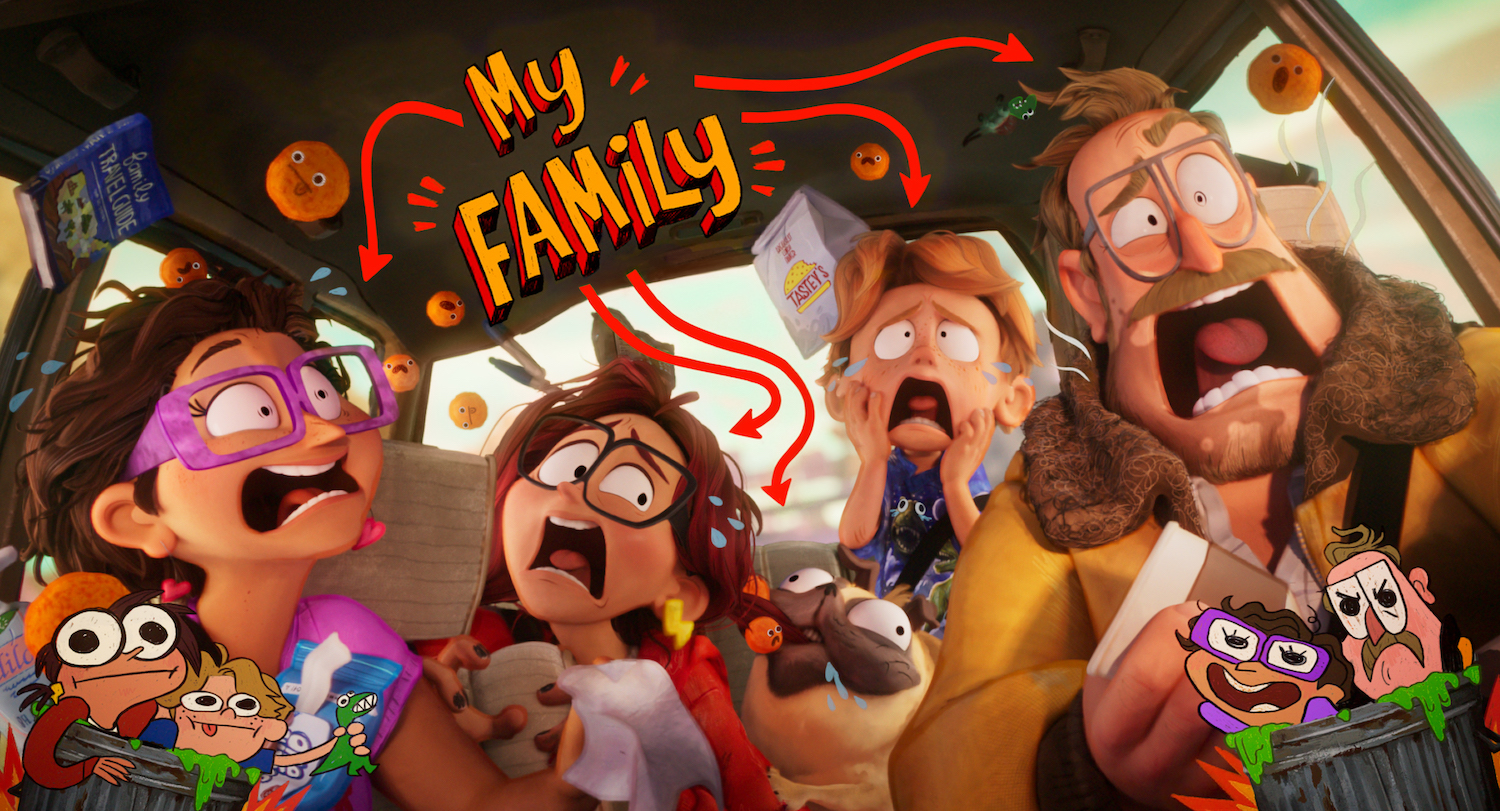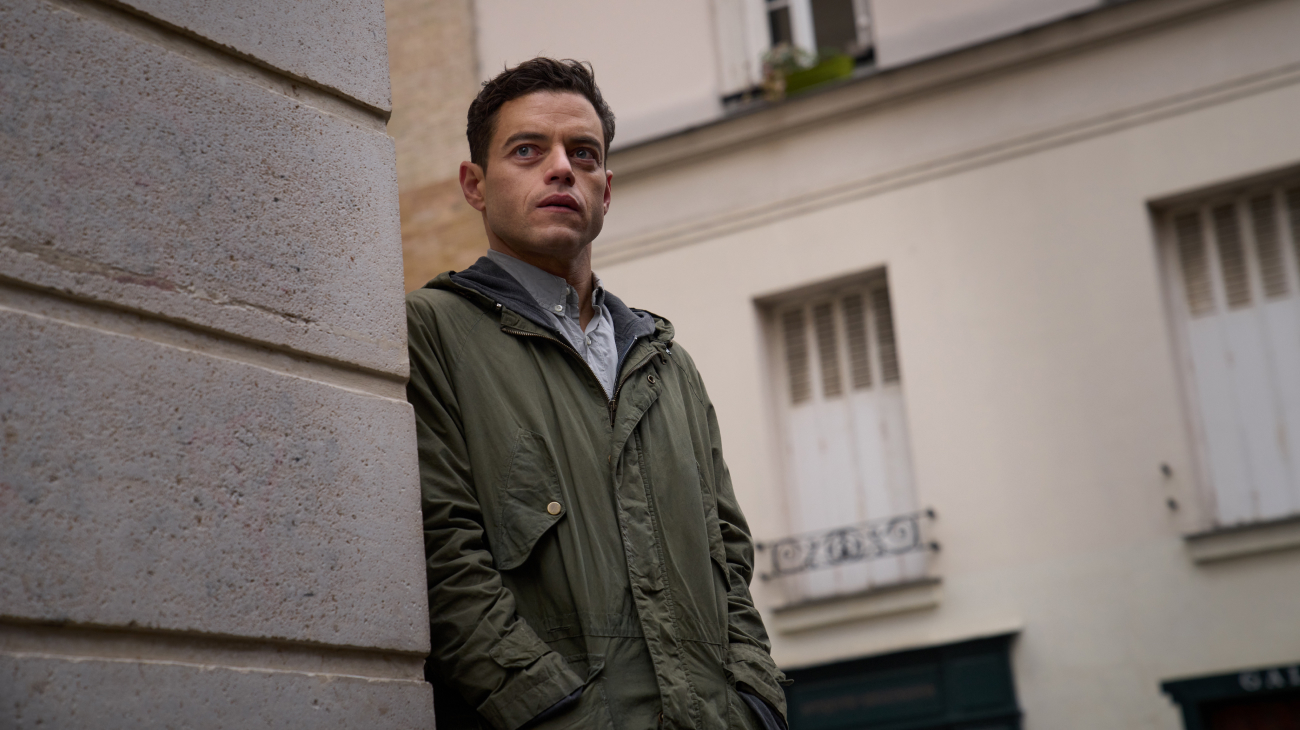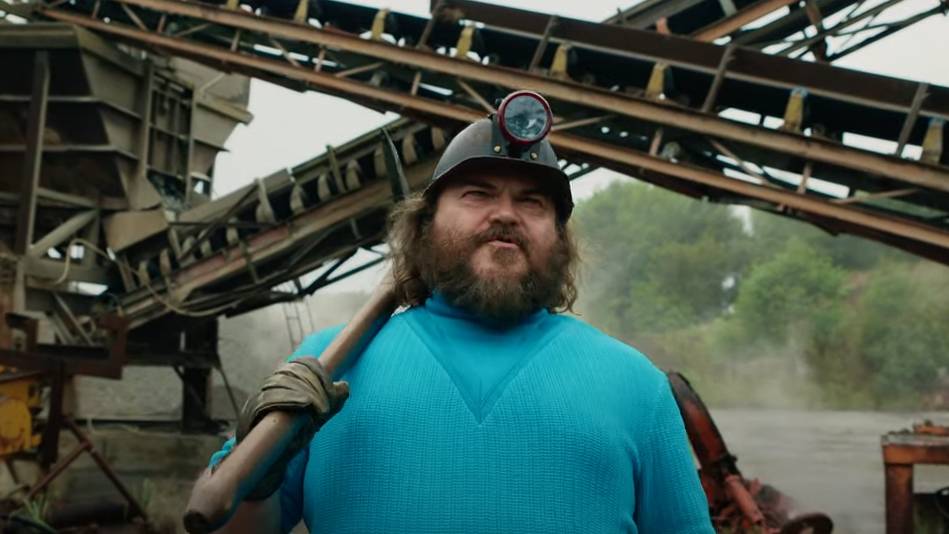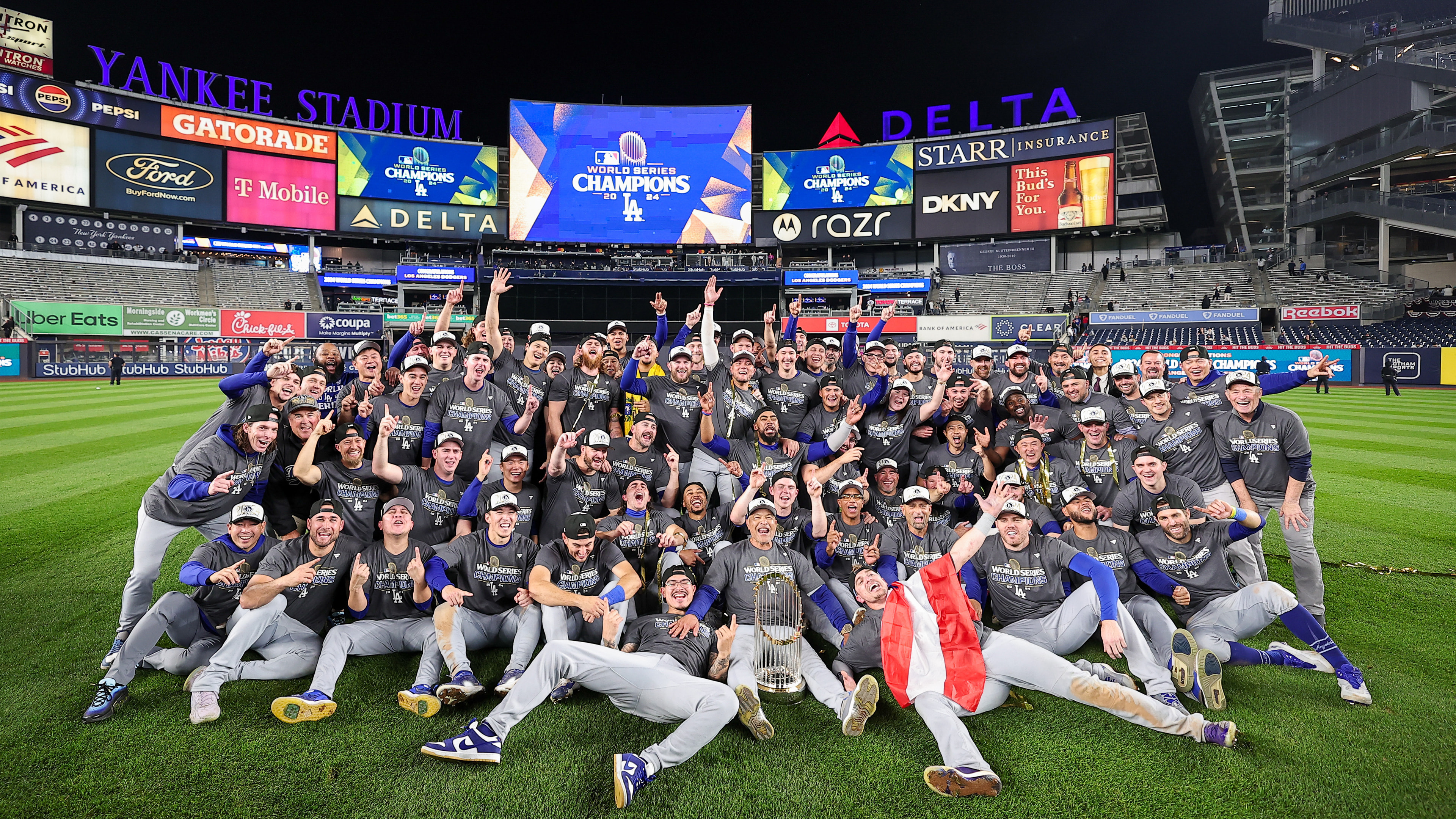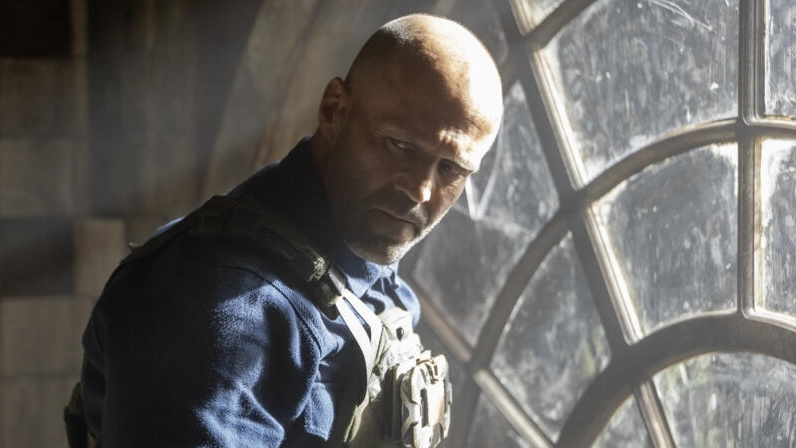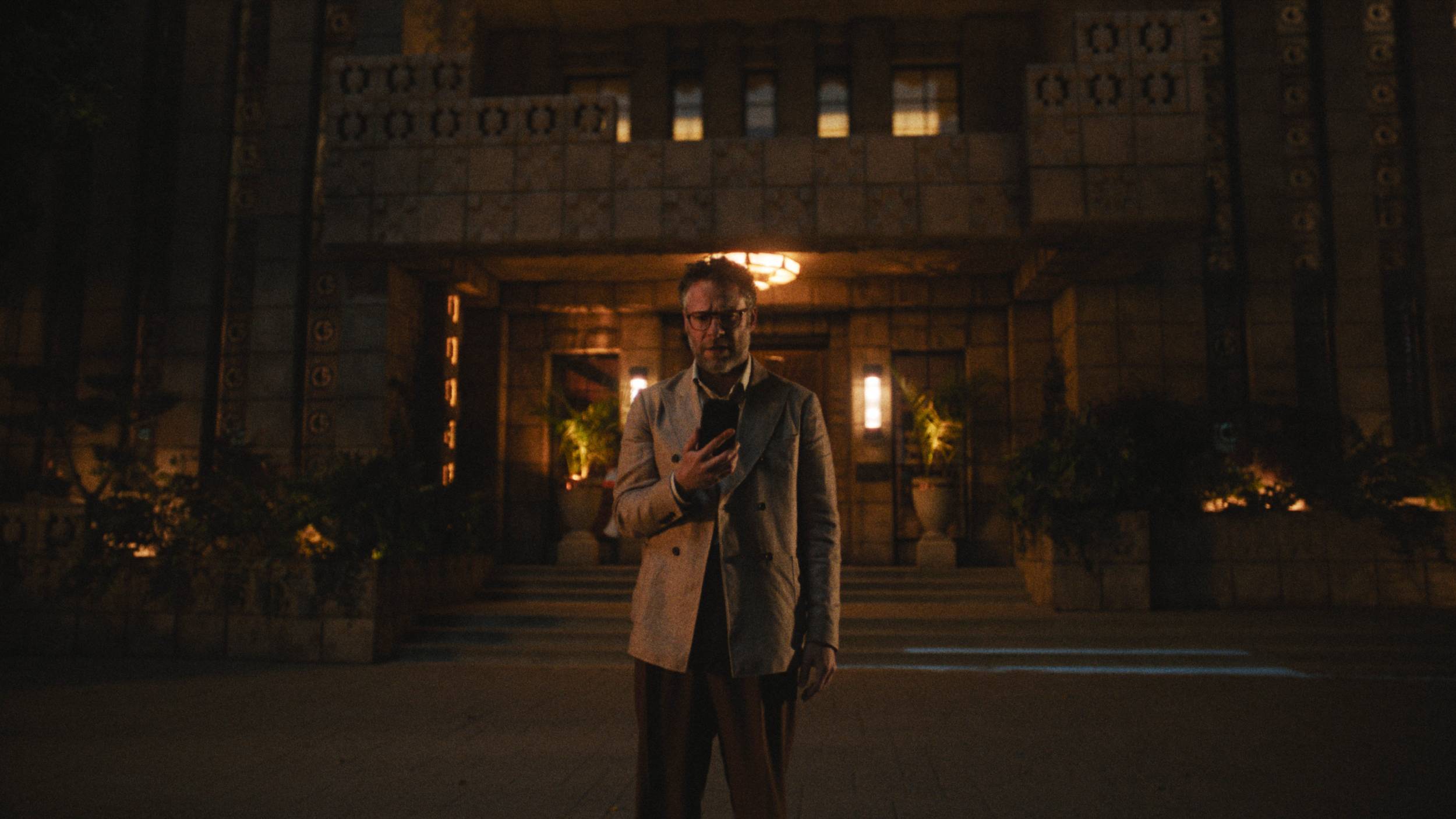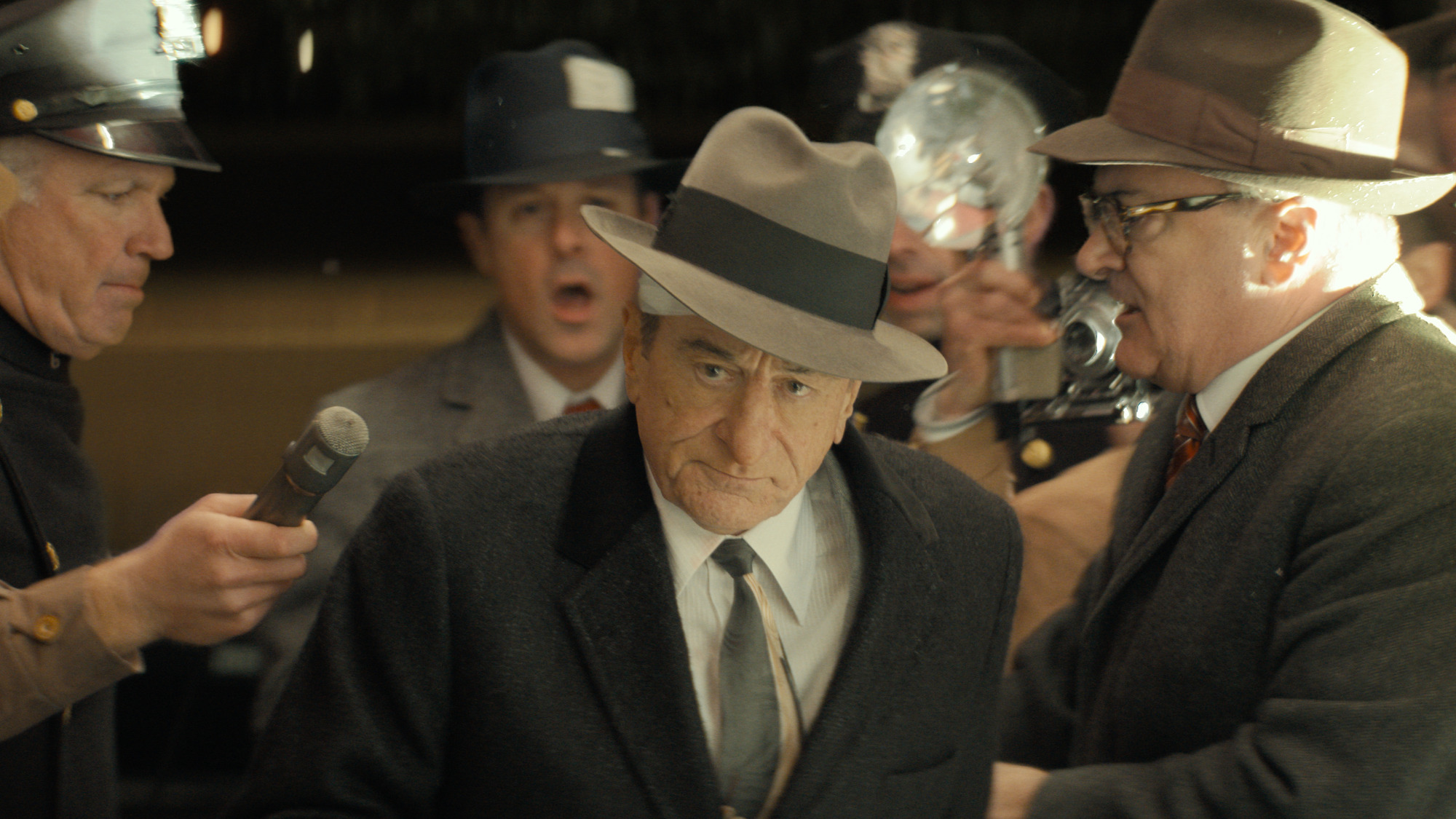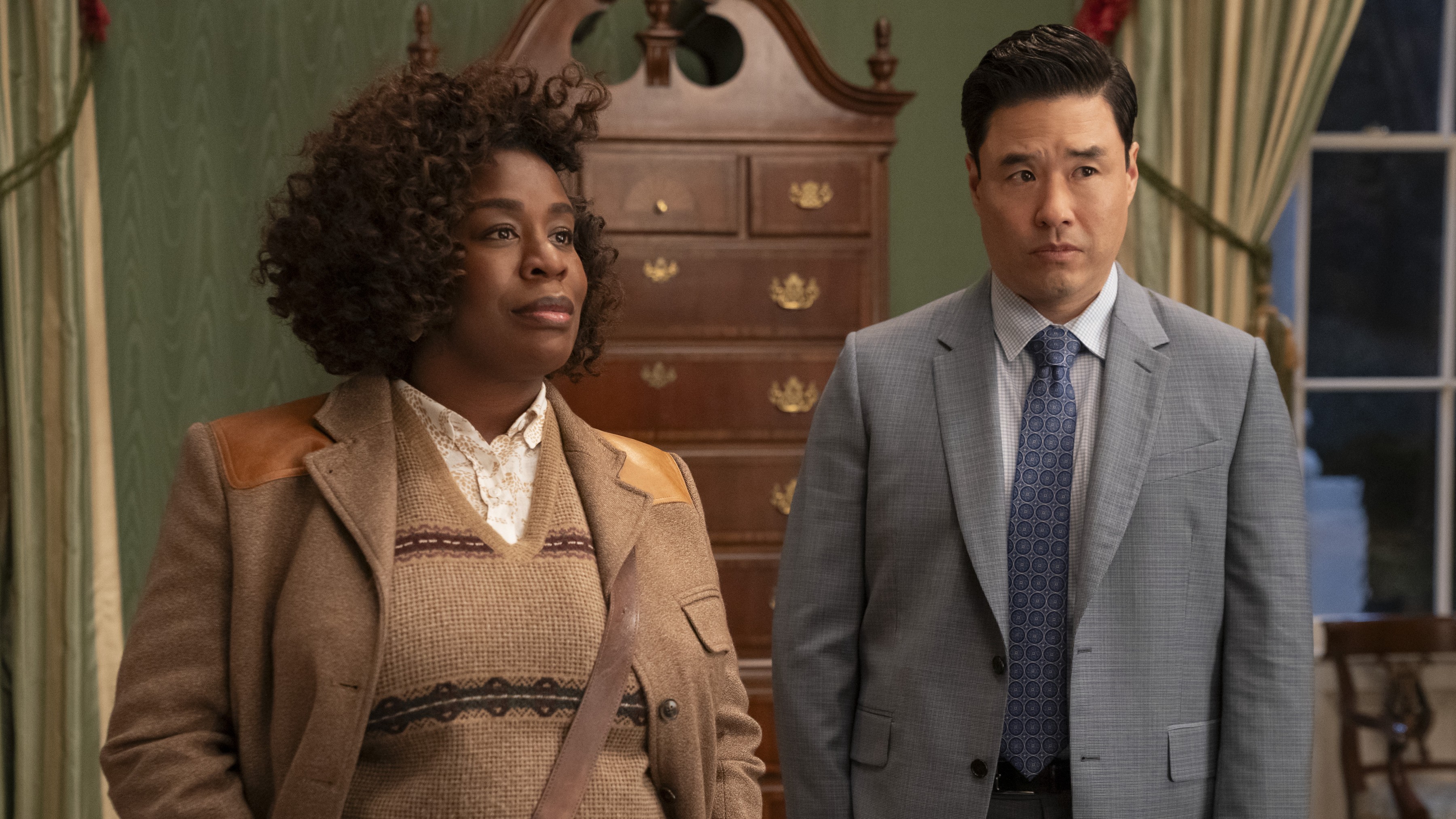What to Watch Verdict
Working with Phil Lord and Chris Miller, writer-directors Mike Rianda and Jeff Rowe deconstruct generational divides in a fun and sentimental journey where a father and daughter find common ground.
Pros
- +
🤖 The script by Rianda and Rowe finds a way to cultivate sympathy for every character, no matter their perspective.
- +
🤖 A nonstop barrage of jokes strikes a skillful balance with meaningful life lessons, leaving audiences crying (and) laughing.
Cons
- -
🤖 Like many Lord and Miller animated productions, the imagery and the humor is so brisk and inventive that it may challenge viewers less acclimated to their iconoclastic style.
For an artist who regularly deconstructs the mechanics of character and narrative, it must be extremely difficult to lean unironically or without self-awareness on those tropes elsewhere — but Phil Lord and Chris Miller pull it off better than almost anyone working today. A big part of their new film The Mitchells vs. the Machines relies upon a kill code loaded into a computer and eventually, saved on a “goober,” a plot-hinging dongle that Jake Johnson’s iteration of Spider-Man thoroughly broke down in Into the Spider-Verse; but at this point in Lord and Miller’s career, it’s unclear what’s more important when watching their work — a general familiarity with storytelling conventions overused industry-wide, or just the growing lexicon of terms and ideas that they’ve reinvented to their specific advantage.
Directed by Mike Rianda and Jeff Rowe, The Mitchells vs. the Machines oozes with the same feverish energy and bullseye sentimentality of Lord and Miller’s previous animated projects, this time utilizing some timely concerns about privacy and technology to explore generational divides as a daughter eagerly prepares to depart for college while her parents wrestle with the best way to prepare her for being on her own. Spirited performances by Abbi Jacobson, Danny McBride, Maya Rudolph and Rianda himself confidently find the humanity and humor in this animated comedy that, like predecessors Cloudy with a Chance of Meatballs, The Lego Movie and of course Spider-Verse, sends up the familiar rhythms of story, conflict and character while somehow delivering something familiar and fully satisfying.
Jacobson (Broad City) plays Katie, the creative and unconventional oldest daughter of the Mitchell clan; after growing up making short films starring the family dog Monchi (Doug the Pug) and her dinosaur-obsessed little brother Aaron (Rianda), she earns a scholarship to a college in California where she hopes to finally find a community of people who understand her, at least better than her outdoorsy, technophobic father Rick (McBride). At the urging of her peacemaker mother Linda (Rudolph), Rick cancels Katie’s plane ticket and decides that the entire family will drive her to school in order to create some lasting memories and make a last ditch effort at a deeper connection. But just days into the trip, inventor and tech magnate Dr. Mark Bowman (Eric Andre) announces the replacement of his company’s Siri-like smartphone assistant, Pal (Olivia Colman), with a line of personal robots that decide to conquer humanity and remake the Earth in their emotionless, technologically-perfect image.
Aided by Katie’s obsession with movie conventions, the Mitchells escape capture, and soon learn from two malfunctioning robots (Fred Armisen, Beck Bennett) that there’s a kill switch that will deactivate Pal and her minions — if they can reach it. But as they stealthily navigate their way across the country to Pal headquarters, Katie and her father each an uneasy accord between her screen-obsessed creativity and his more handmade problem solving skills, as the the Mitchells unexpectedly begin to discover the many ways that technology can both be a barrier to the connections between the, but also a tool for strengthening them.
There’s no better joke in the film to evidence the perfect way that The Mitchells vs. the Machines straddles the sensibilities of tech-savvy kids and tech-ignorant parents than one late in the film, when the family arrives at Pal Labs after it’s been remade in Pal’s image with neon lights stretching into the sky and more than a faint air of futuristic menace. “It looks like a Journey album cover,” observes Rick. “What’s an album?” asks Aaron. The film certainly takes some funny, even merciless potshots at older viewers who will probably need their children to navigate Netflix’s menu in order to watch this film, but like the other films that Lord and Miller have made before, the filmmakers are truly in love with the targets of their humor, and never make a joke just for meanness’ sake or superiority. Though they’re arguably more sympathetic to the kids who have to help those parents, the story, also by Rianda and Rowe, approach both sides without vilifying the other, offering a bridge in the form of the film itself whether or not everyone who watches it picks up the moral lessons within.
After the pop-art explosion of Into the Spider-Verse, it feels difficult at some level to watch a traditional animated film and not feel a little bored by it or at least ahead by a few steps. This film resembles one of Katie’s DIY projects, or a particularly creative social media account where everyday experiences get gussied up with filters and animation and effects — hand-drawn embellishment to the polished perfection of computer-generated animation. That the filmmakers know about meme culture and viral videos and face filters makes the Mitchells’ experiences feel more like a deeply personal home movie rather than an end-of-the-world sci-fi adventure, and they employ visual gags like “cat face filters” in the midst of a scene both in the way that, say, an imaginative teenage girl like Katie would after filming her wall-eyed dog, and also to keep the action from getting too intense for younger viewers.
Though it’s perhaps an odd comparison, The Mitchells could be part of a really great double feature with Lee Isaac Chung’s Oscar-nominated Minari, another film about a family that’s sort of having a constant conversation among its members but never quite at the exact right time. But even if this film is more, well, animated and definitely paced at a different speed than Chung’s, both are about people who are desperately trying to make a connection, even when they’re failing, and that’s something that movies, much less life, frequently have too little of. Rianda and Rowe strike a healthy balance with Lord and Miller’s sometimes frenetic, hyper-clever style (this film, like Spider-Verse and The Lego Movie, opens with a dizzying introduction to the characters, but they pull back much more quickly to let audiences get their bearings), but they seem to share the same confidence in drawing out powerful emotions not just as a juxtaposition but in simultaneous effect with their jokes, leaving audiences crying laughing during scenes without them knowing which emotion is dominating their irrepressible reaction.
Ultimately, The Mitchells vs. the Machines is another triumph for Lord and Miller, precisely because like the film’s predecessors, it’s not theirs alone; they obviously have this sharp, unique point of view as filmmakers, but they also continue to find really strong collaborators, and this makes you as excited to see what Rianda and Rowe do next as the Spider-Verse team. But the way that they blend up all of these familiar ideas, prey on obvious jokes in new ways, and drill into emotional ideas we all kind of know but haven’t felt so acutely until they manage to strike the right vein, continues to be a revelation for viewers, and undoubtedly a challenge for them to replicate, or surpass, the next time out. (I never thought I’d feel sorry for a cell phone, but here we are.) Pairing Lord and Miller’s pedigree with Rianda and Rowe’s vision, The Mitchells vs. the Machines manages to assemble, absorb and reconfigure all of the pieces we have come to expect — the things we think we want to see in the movies we love — and present them in a way that’s rewarding without capitulating to those expectations, satisfying and surprising at the same time. In animation or live action, that’s a rare accomplishment, but Lord and Miller have been pulling it off so many times and so effectively that they’ve made the exception into a rule; I’m not sure if the next step in the chain of creativity is to deconstruct their deconstruction, or simply veer back into formula; but if there’s anybody who can figure it out, it’s them.
Todd Gilchrist is a Los Angeles-based film critic and entertainment journalist with more than 20 years’ experience for dozens of print and online outlets, including Variety, The Hollywood Reporter, Entertainment Weekly and Fangoria. An obsessive soundtrack collector, sneaker aficionado and member of the Los Angeles Film Critics Association, Todd currently lives in Silverlake, California with his amazing wife Julie, two cats Beatrix and Biscuit, and several thousand books, vinyl records and Blu-rays.
